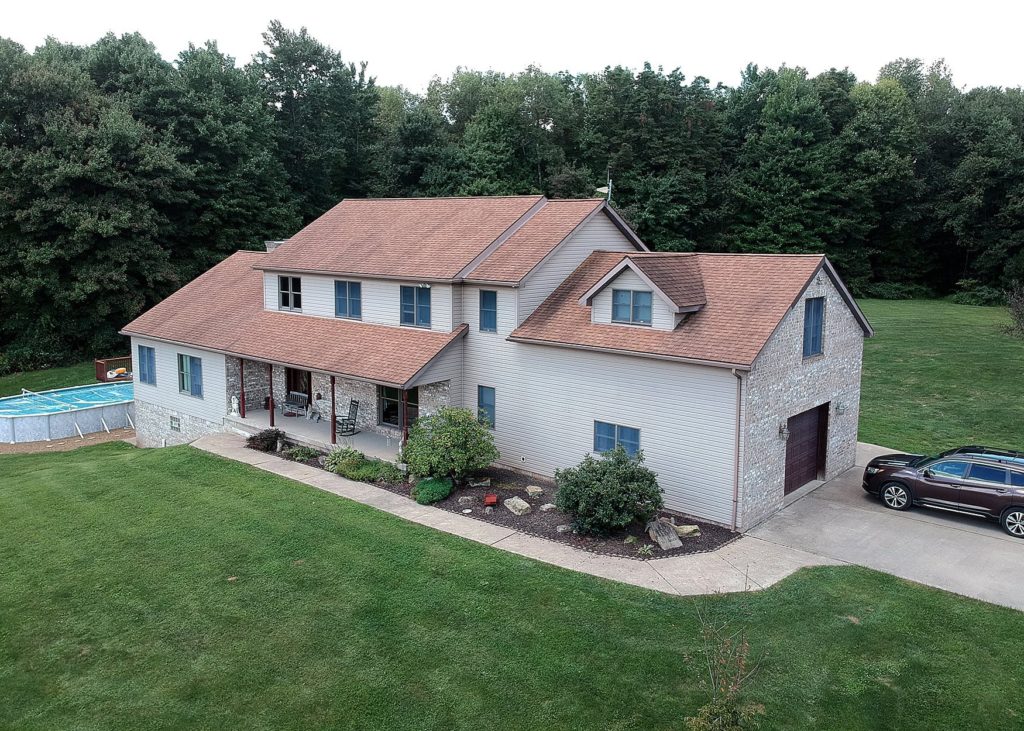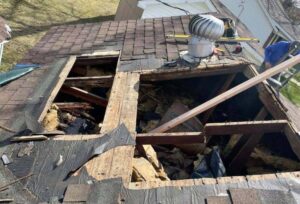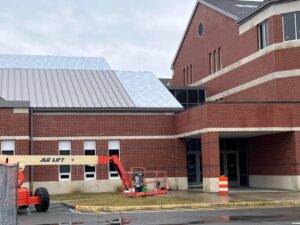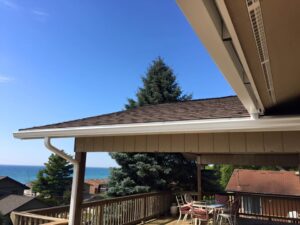The Roof Pitch Factor
Making the decision to install a new roof is not one to be taken lightly. Aside from the many factors you must consider when choosing a roofing material, you also need to decide on the roof’s slope or roof pitch factor. This article will provide an overview of what factors influence your choice of roof slope, as well as some tips on how to choose the right one for your home.
When it comes to roofing, the slope of your roof is just as important as the type of roofing material you choose. The slope, also known as the pitch, of your roof affects everything from drainage and insulation to snow loads and solar heat gain. In general, steeper roofs are better at shedding water and snow, while shallower roofs are better at protecting against solar heat gain. However, there are other factors to consider as well, such as the climate in your area and the type of home you have.
Here’s a quick guide to the roof pitch factor:
1) Climate
The climate in your area plays a big role in determining the best slope for your roof. In areas with heavy snowfall, steeper roofs are necessary to prevent the weight of the snow from collapsing the roof. On the other hand, if you live in an area with high winds, a shallower roof will help to reduce the wind load on your home.
2) Type of home
The type of home you have also influences the best slope for your roof. For example, homes with gabled roofs (two sloping sides that come together at a ridge in the middle) are better off with steeper slopes to help shed snow and rainwater. On the other hand, homes with hipped roofs (four sloping sides that come together at a ridge in the middle) are better off with shallower slopes to help reduce the wind load.
3) Drainage
The way your roof drains also affects the best slope for your particular situation. If your roof drains towards the foundation of your home, a steeper slope is necessary to prevent water from seeping into the basement or crawlspace. On the other hand, if your roof drains away from the foundation, a shallower slope is necessary to prevent water from pooling on the roof and causing leaks.
4) Insulation
The amount of insulation in your attic also affects the best slope for your roof. If you have a lot of insulation, a steeper slope is necessary to prevent heat from escaping through the roof. On the other hand, if you have little or no insulation, a shallower slope is necessary to prevent your home from losing heat through the roof.
5) Snow loads
The amount of snowfall in your area also affects the best slope for your roof. If you live in an area with heavy snowfall, a steeper slope is necessary to prevent the weight of the snow from collapsing the roof. On the other hand, if you live in an area with light snowfall, a shallower slope is necessary to reduce the wind load on your home.
6) Solar heat gain
The amount of solar radiation that hits your home also affects the best slope for your roof. If you live in an area with a lot of sun, a shallower slope is necessary to reduce the amount of heat that is gained through the roof. On the other hand, if you live in an area with little sun, a steeper slope is necessary to prevent the heat from escaping through the roof.
https://www.google.com/maps?cid=4642085964654768550







